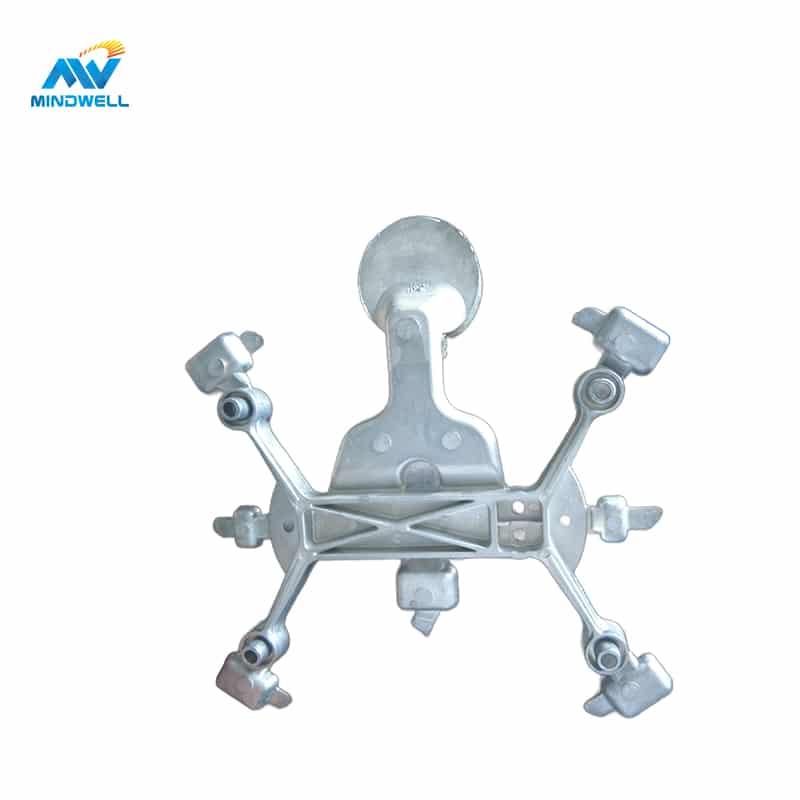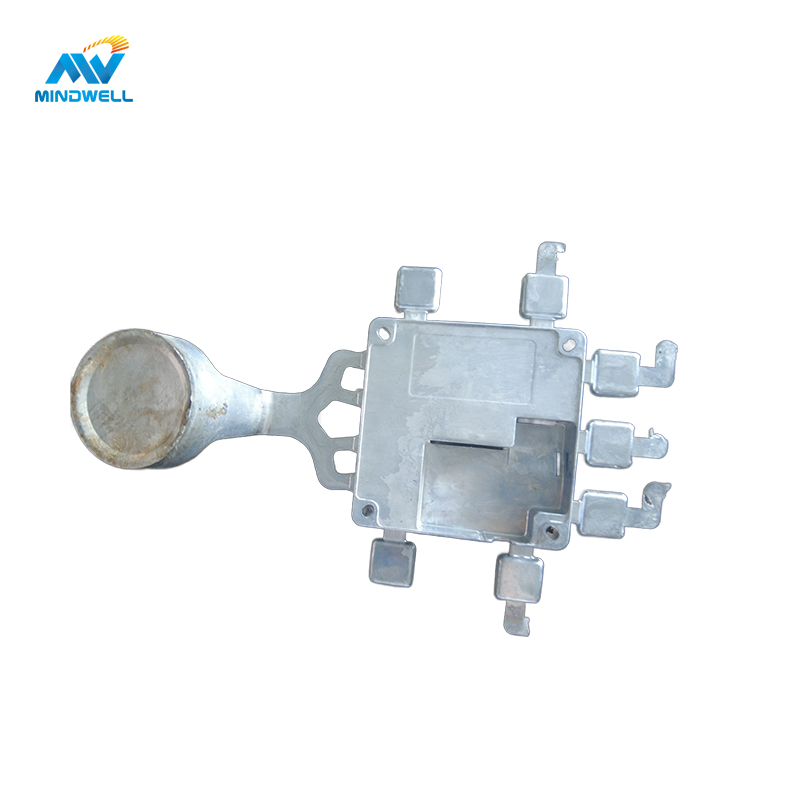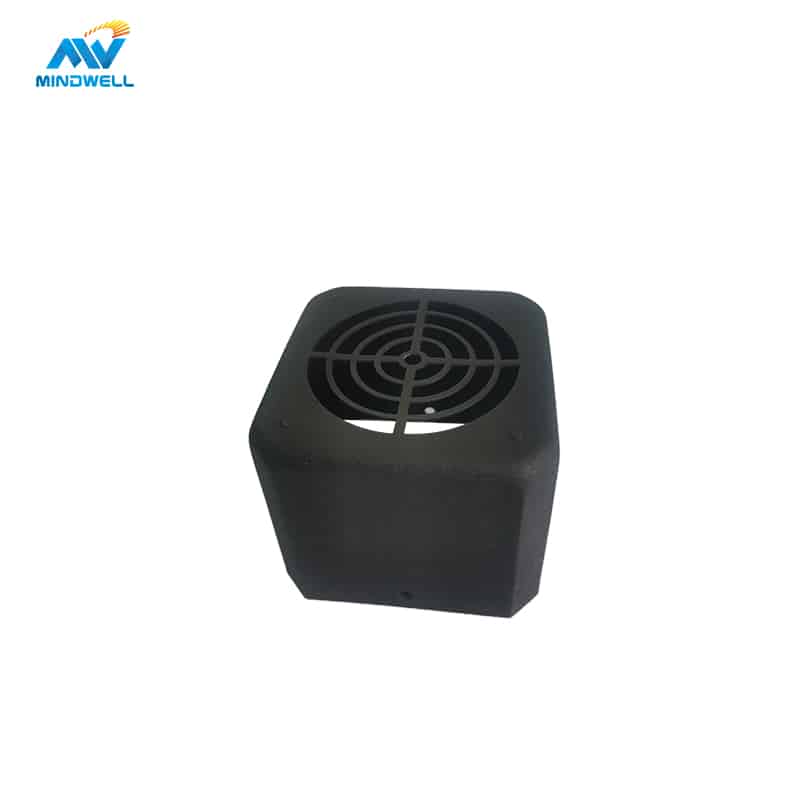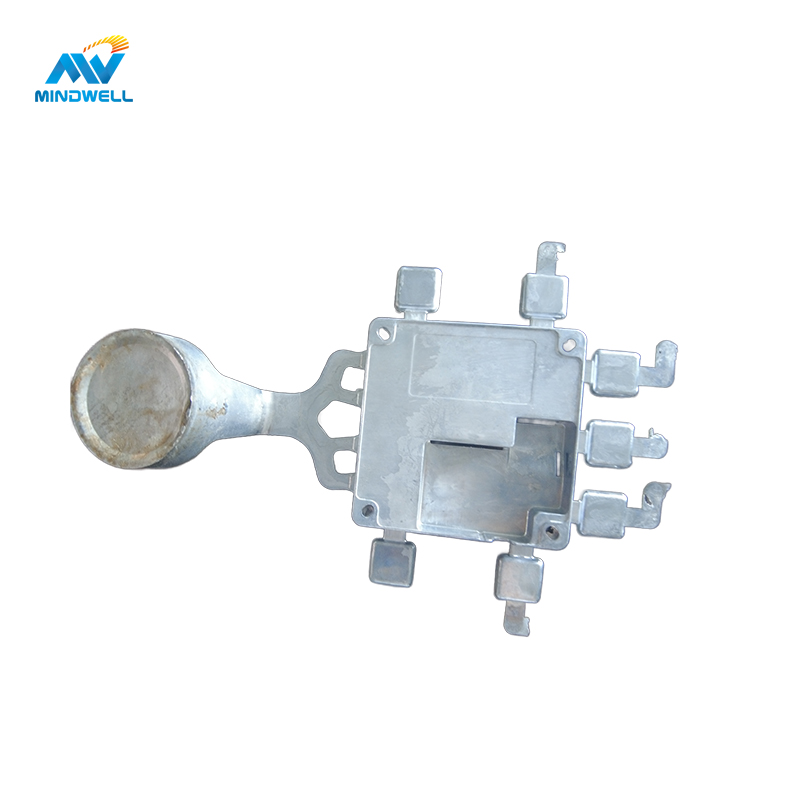Aluminum alloy die-casting process is an efficient and precise metal forming process for manufacturing aluminum alloy parts. By injecting high temperature and high pressure liquid metal into the mold, it is cooled rapidly and formed aluminum alloy parts with good mechanical properties and surface quality. The aluminum alloy die-casting process can be used to manufacture aluminum alloy parts with complex geometry and high precision requirements.
Aluminum Alloy Die Casting Process
Aluminum alloy die-casting processes include pressure casting, gravity casting, and squeeze casting.
pressure casting
The essence of pressure casting is a process in which liquid or semi-liquid metal fills the die-casting mold cavity at a high speed under high pressure, and instantly injects molten aluminum or aluminum alloy into the casting cavity of the mold, and then Method of obtaining castings by forming and solidifying under pressure.
- The product is of good quality
The dimensional accuracy of castings is high, generally equivalent to level 6~7, or even up to level 4; the surface finish is good, generally equivalent to level 5~8; the strength and hardness are high, and the strength is generally 25~30% higher than that of sand casting, but the extension The rate is reduced by about 70%; the dimensions are stable and interchangeable; thin-walled and complex castings can be die-cast. For example, the current minimum wall thickness of zinc alloy die-casting parts can reach 0.3mm; the minimum wall thickness of aluminum alloy castings can reach 0.5mm; the minimum casting hole diameter is 0.7mm; and the minimum thread pitch is 0.75mm. - High production efficiency
The machine has high productivity. For example, the domestic JIII3 horizontal cold air die-casting machine can perform an average of 600 to 700 die-castings in eight hours, and the small hot chamber die-casting machine can perform an average of 3,000 to 7,000 die-castings in eight hours. The die-casting mold has a long life, and one die-casting mold can Die-cast bell alloy has a lifespan of hundreds of thousands or even millions of times; it is easy to achieve mechanization and automation. - Excellent economic effect
Die castings have the advantages of precise dimensions and smooth surfaces. Generally, it is no longer mechanically processed but used directly, or the processing amount is very small, so it not only improves the metal utilization rate, but also reduces a large amount of processing equipment and man-hours; the price of castings is easy; combined die-casting can be used to make other metal or non-metallic materials . Saves both assembly labor and metal.
gravity casting
The principle of gravity casting is to rely on the action of gravity, so that the aluminum liquid is naturally filled into the mold by gravity, and the molten aluminum or aluminum alloy flows into the casting cavity of the mold through its own gravity. Of course, there are also those that use centrifugal casting, which also belongs to the scope of gravity casting.
- Cost is relatively low. The tooling production of the gravity casting process is relatively simple, and its cost is relatively low compared with other casting processes.
- high productive rate . Gravity casting has greatly improved production efficiency compared with traditional sand casting technology.
- The one-time forming rate is high. The molding rate of the gravity casting process can reach more than 90%.
- Finished products are of high quality. The finished product of gravity casting process has higher precision and relatively better surface quality.
extrusion casting
The aluminum or aluminum alloy in the molten state is poured directly into the open mold, and then the mold is sealed, allowing the liquid aluminum or aluminum alloy to flow in the mold and fill it to the shape outside the mold, and then apply high pressure to the mold to let the liquid in the mold. The solidified aluminum/aluminum alloy undergoes plastic deformation, and the unsolidified aluminum/aluminum alloy will undergo high-pressure solidification while undergoing isostatic pressure, ultimately forming an aluminum-aluminum alloy casting.
- Products are more precise and have better mechanical properties.
- Castings have higher dimensional accuracy and clearer appearance.
- The dimensional accuracy of castings is higher and the appearance outline is clearer.
- There is a wide range of extrusion casting materials to choose from, including aluminum alloy, magnesium alloy, titanium alloy, etc.
- The utilization rate of metal is very high, and direct squeeze casting can control the metal utilization rate to over 95%.
- Castings formed by squeeze casting have uniform structure, smooth surface, high precision and excellent mechanical properties.
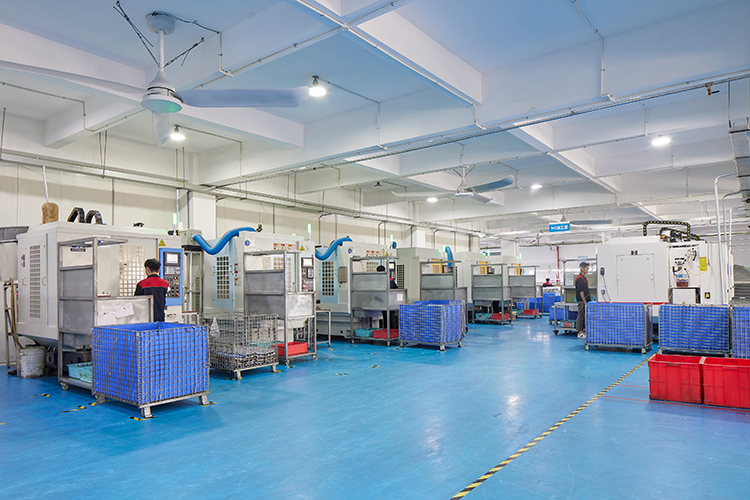
Alüminyum alaşımlı döküm proses akışı
- Mold clamping
The first step in aluminum alloy die casting is to close the mold. The mold consists of two parts: the upper mold and the lower mold. During the clamping process, the two parts of the mold come together and are ready to receive the injection of aluminum alloy melt. The design and manufacture of the mold is key as it directly affects the shape and quality of the final casting. - Pouring
Once the mold is closed, the next step is to inject the aluminum alloy melt into the mold cavity. This can be done by a robot or an experienced operator. Aluminum alloys are usually heated in a furnace until molten to a liquid state, and then poured into barrels, ready for injection. - Injection
After pouring, the aluminum alloy melt is injected into the mold cavity. This step is critical as it determines the final shape and density of the casting. Injection injection is done through a die-casting machine, which injects molten aluminum alloy into the mold cavity according to preset process parameters. - Mold opening
Once the aluminum alloy fills the mold cavity, the mold is opened. This involves the separation of the mold in order to access the casting. During the mold opening process, inclined guide pillars are usually used to pull the core to ensure that the casting can be taken out smoothly from the mold. - Core pulling
Core pulling is the process of removing the casting in the mold from the mold cavity. This can be achieved by means of a core puller at the base of the mold, which enables the mold to remove the casting from the sides or bottom. For some complex parts, front mold core pulling may be required, which means that before opening the mold, some parts of the mold will be moved in advance to facilitate smooth core pulling. - Top piece
After the core pulling is completed, the casting sits on top of the mold. The ejector mechanism will push the casting out of the mold through the ejection mechanism for subsequent removal. - Pickup
The casting is removed and placed in place. This can often be done manually or automatically, depending on the degree of automation. Care is required when removing the casting to avoid damaging the ejector pin or the casting itself. - Püskürtme
In order to ensure that the next aluminum alloy die-casting process can proceed smoothly, cleaning is very important. Before the next use of the mold, the mold needs to be cleaned and often sprayed with a release agent to ensure that the casting will release easily from the mold. - Reset the mechanism first
If there is an ejector pin or other additional mechanism in the mold, the mechanism needs to be reset first. This helps the mold return to the correct state for the next die casting. - Re-clamp the mold
Finally, the mold is closed again and is ready for the next casting process. The entire aluminum alloy die-casting process can be repeated to produce large batches of castings.
The aluminum alloy die-casting process is an efficient and precision manufacturing method that can be used to produce aluminum alloy parts for a variety of purposes, from automotive parts to electronic device housings. Throughout the entire process, precise process control and mold design are key factors to ensure casting quality. Understanding this process flow helps manufacturers better master aluminum alloy die-casting technology to meet the needs of different application areas.
The aluminum alloy die-casting process has many advantages:
- Free modeling: You can manufacture a variety of complex-shaped parts, whether internal or external structures, and can be used for parts that require irregular shapes, such as car engine parts or electronic equipment casings.
- Precision and Smoothness: Aluminum die casting can produce parts with high precision, reducing the need for subsequent machining. Moreover, it can make the surface quality very smooth and no longer require too many surface treatment processes.
- High productivity: Once the mold is prepared, a large number of parts can be produced quickly, which is extremely efficient and can help you reduce manufacturing costs.
- Lightweight design: Aluminum alloy is a lightweight material, lightweight but not bad in strength. This means you can use it on projects that need to save weight, such as cars, airplanes and sports equipment.
- Strength and corrosion resistance: Aluminum alloys have excellent strength and corrosion resistance and are suitable for use in various harsh environments, such as oceans or places with corrosive chemicals.
- Consistency and Repeatability: The aluminum die-casting process is extremely stable, ensuring consistent quality parts, especially for projects that need to meet strict specifications.
- Sustainability: Aluminum alloy is a recyclable material, which helps reduce resource waste and conforms to the concept of sustainable manufacturing.
- Affordable: Aluminum alloy die-casting is generally low-cost and is particularly suitable for mass production. In addition, the reduced need for post-processing can also save costs.


